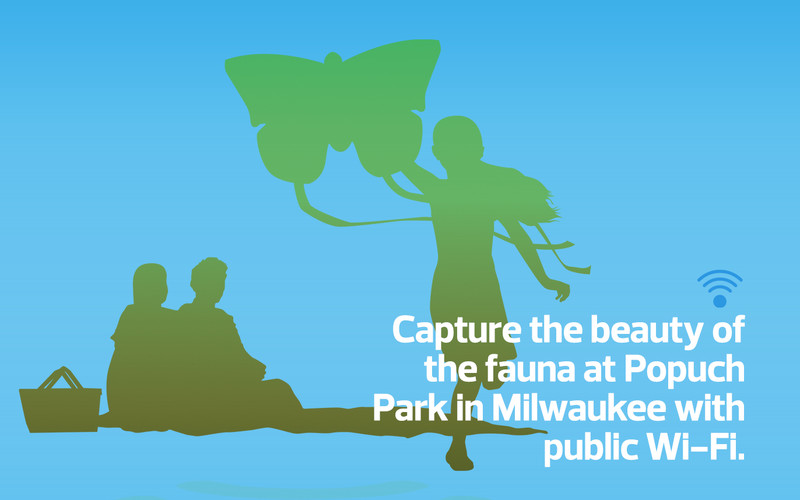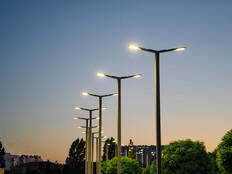Milwaukee Expands Free Outdoor Wi-Fi Access
The city of Milwaukee was among the first U.S. cities to offer free wireless internet in 2003 when it installed Wi-Fi at city libraries and two downtown parks, Henke says. Since then, city leaders have wanted to expand wireless coverage to more parks, but they couldn’t secure funding until the city received CARES Act funds in 2020.
For the project, the city spent $100,000 on Cisco Aironet 1560 Series access points and two Cisco Catalyst 9800 Series wireless controllers to manage the APs, and another $100,000 for installation. The IT department had previously standardized on Cisco wireless gear in city offices, so it made sense to continue with Cisco to simplify installation and management, Henke says.
Henke ordered the 802.11ac Wave 2 wireless equipment last October and wanted to install the APs in fall 2020. But the gear did not arrive until late January 2021 because of COVID-related manufacturing shortages that have affected the tech sector.
Installation took about a month. The city deployed one AP per park and launched the Wi-Fi hotspots in eight parks in late February, in time for students to take advantage of them for the spring semester, Henke says.

















